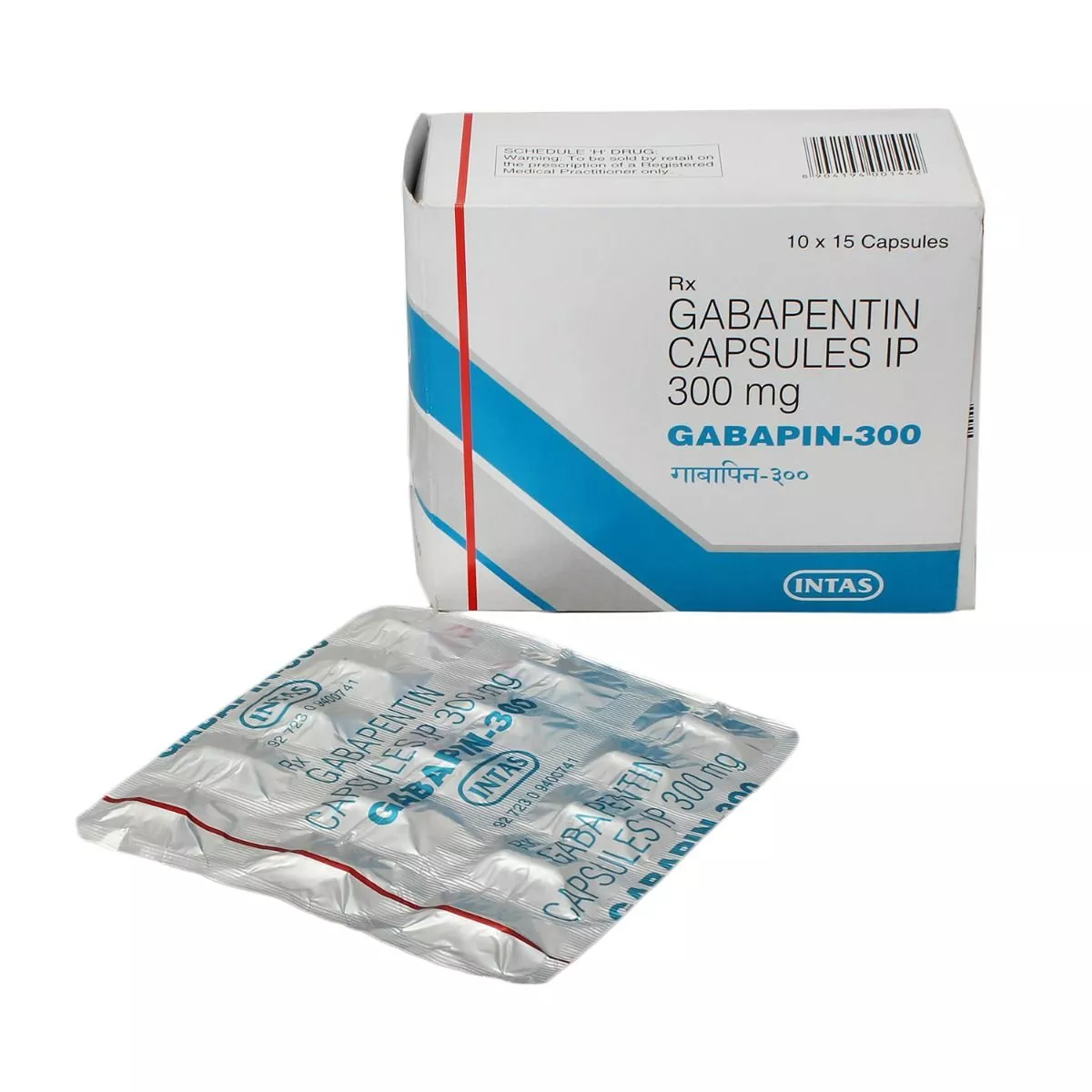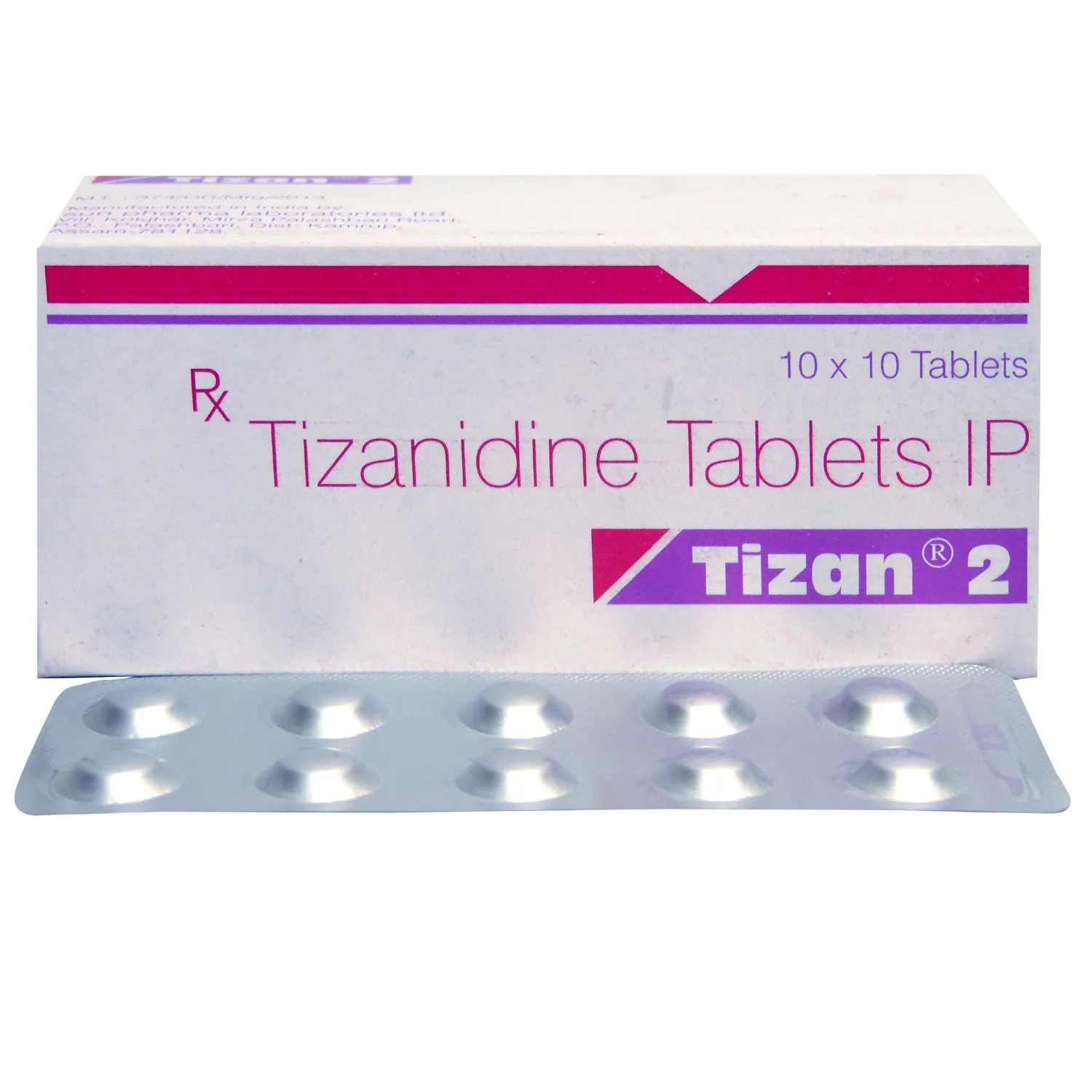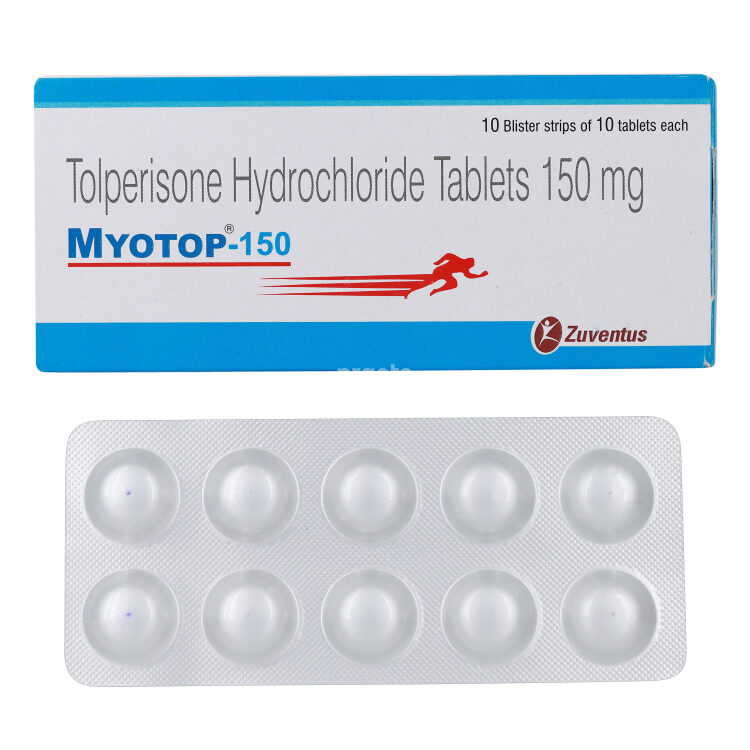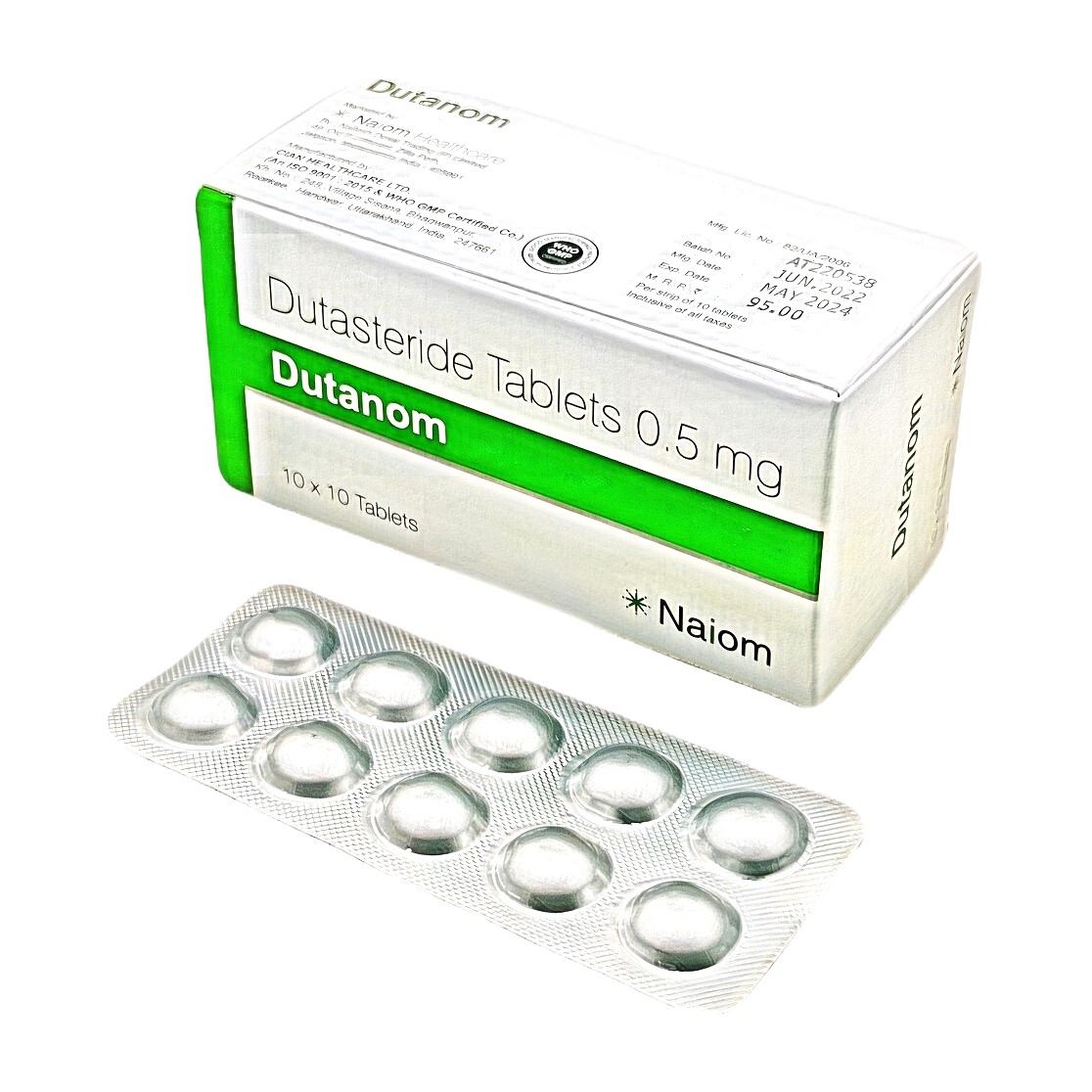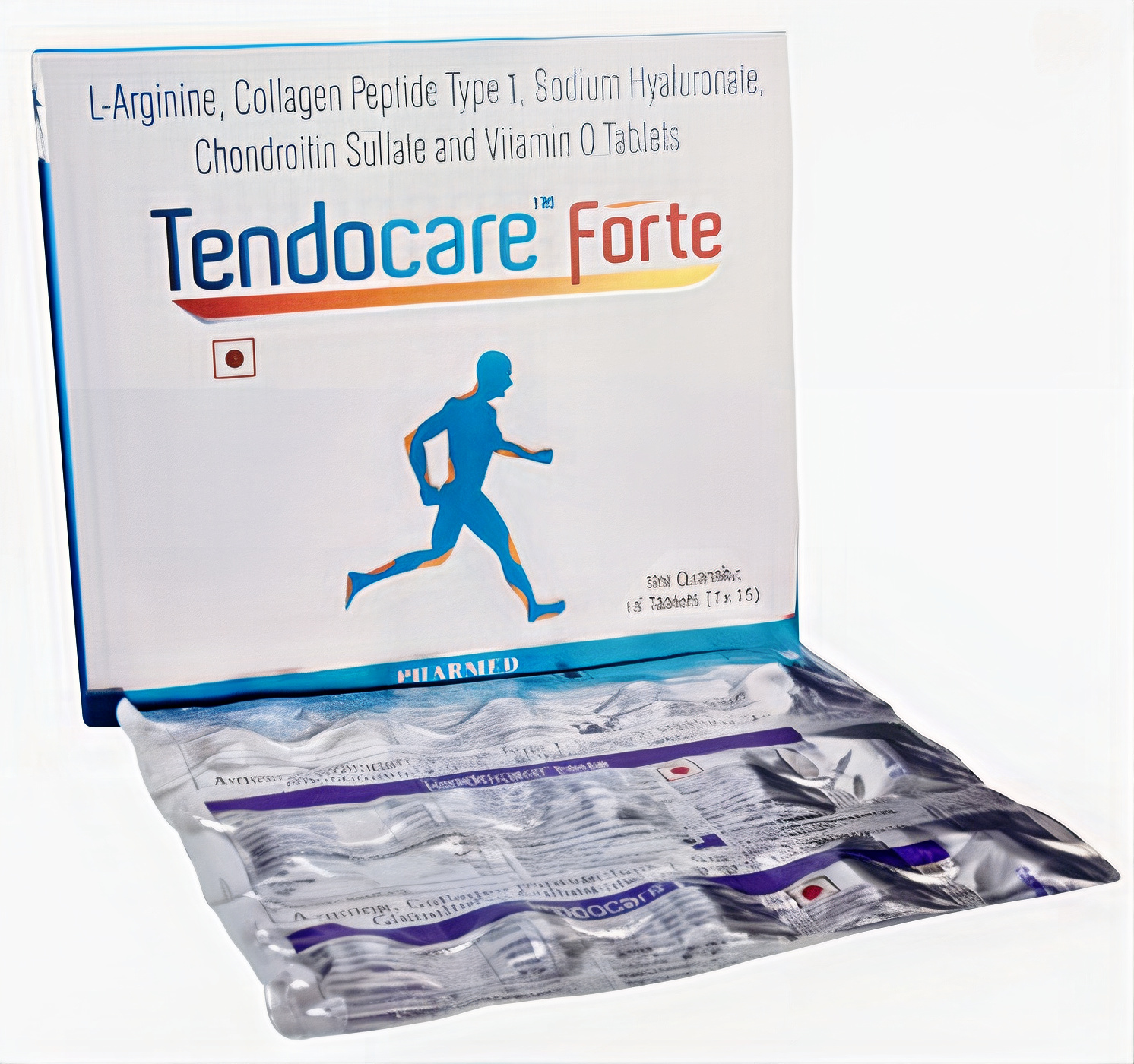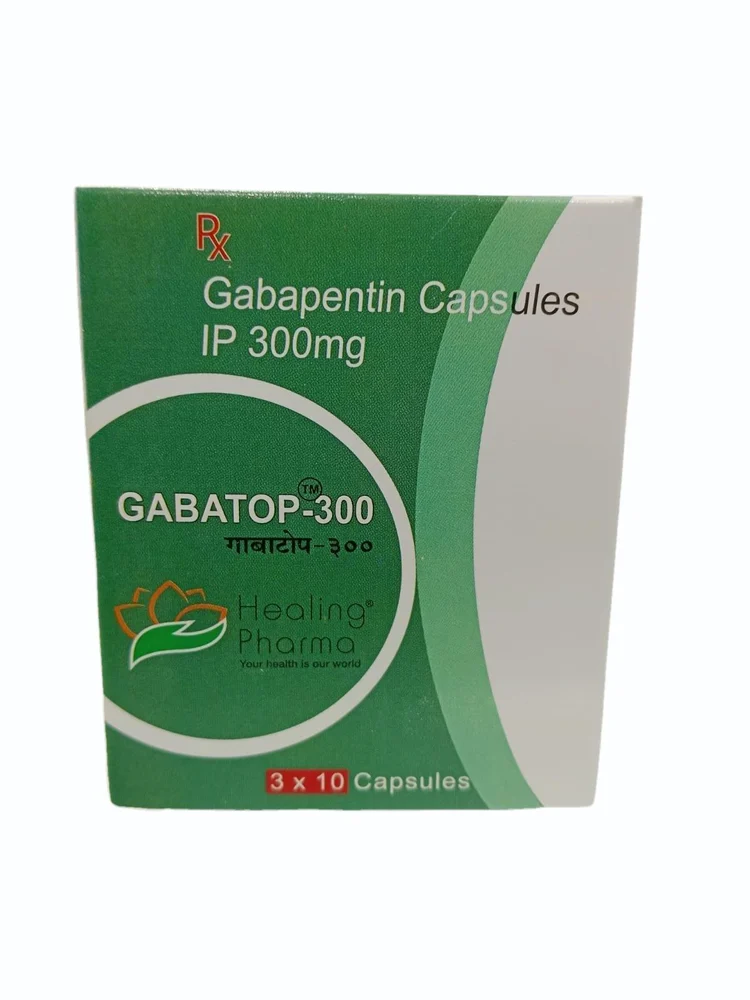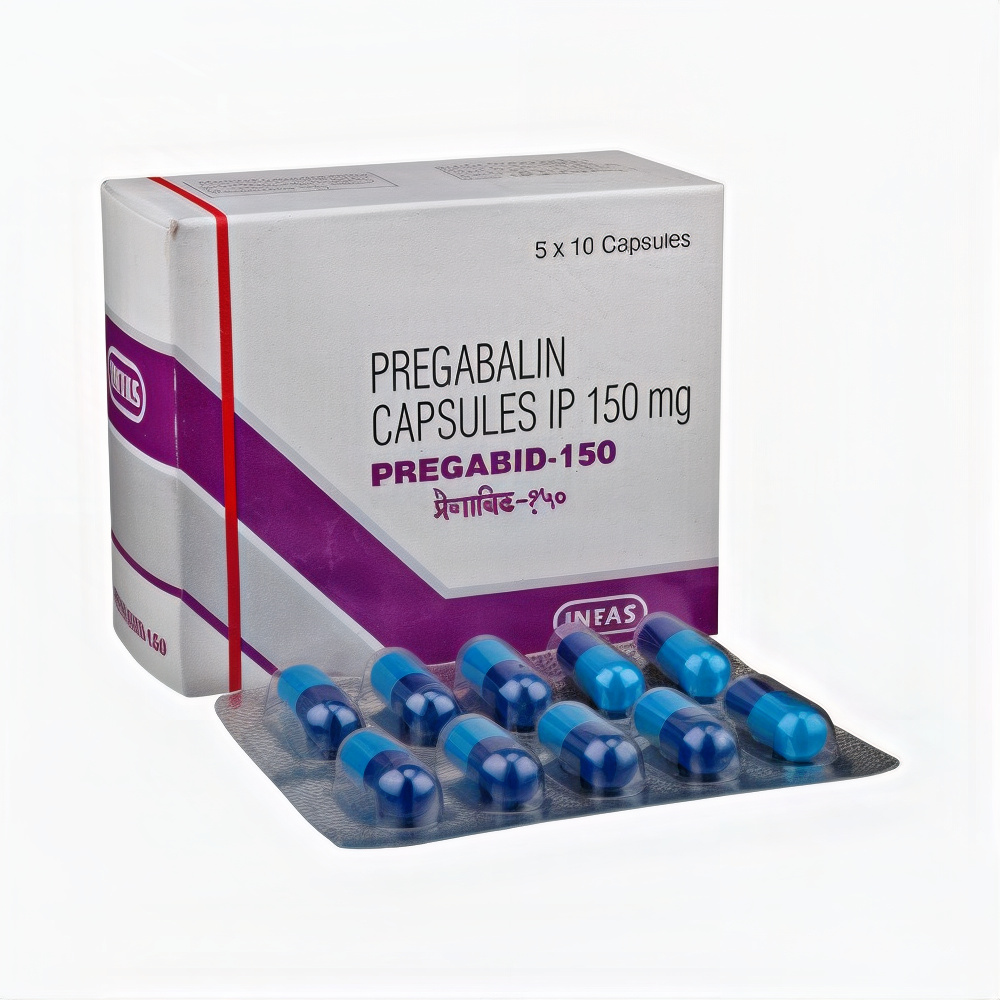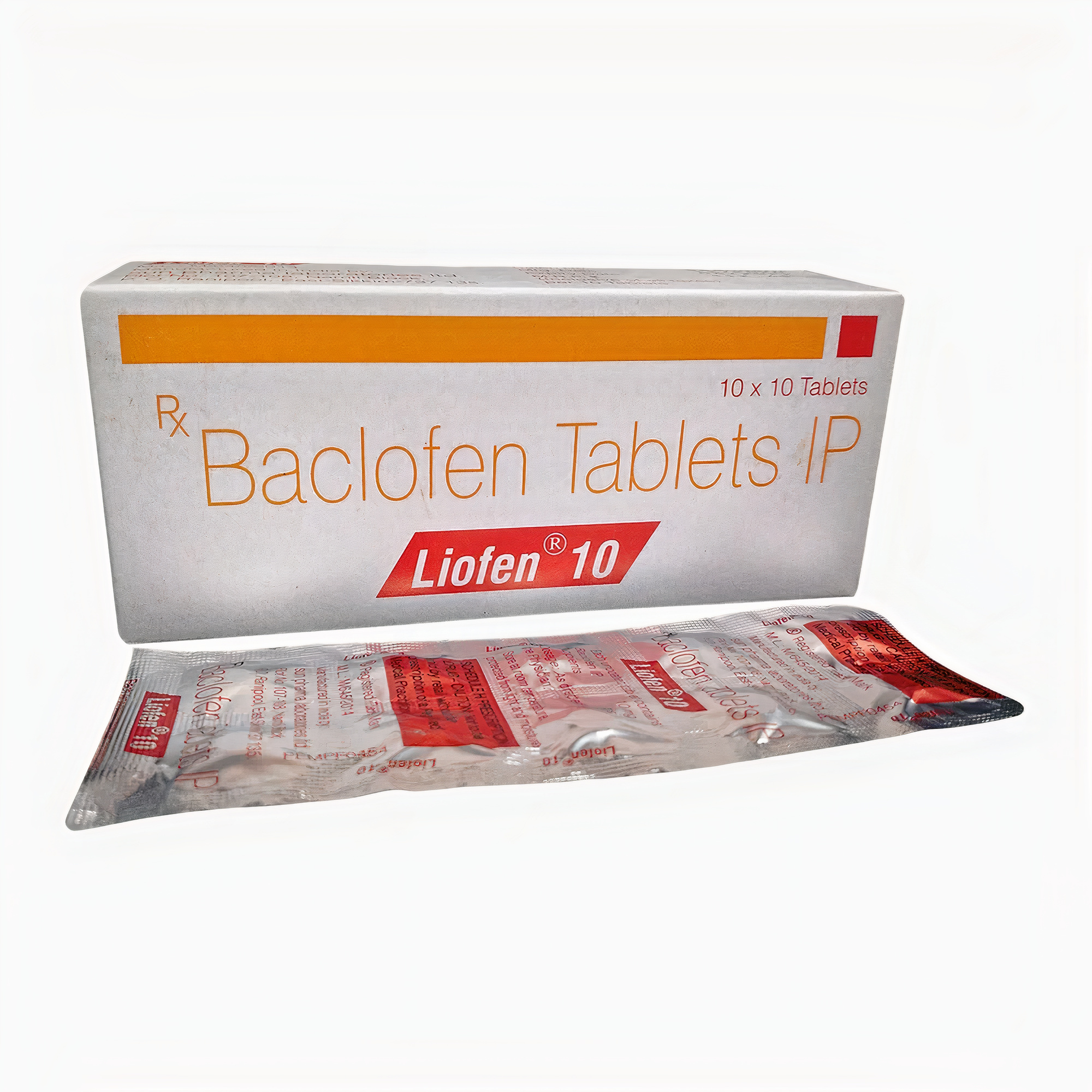Description
Gabapin 300 Capsule (Gabapentin 300mg)
Gabapin 300 Capsule (Gabapentin 300mg) is a medication primarily used to alleviate pain arising from nerve damage, a condition known as neuropathic pain, caused by various factors such as diabetes, shingles, or spinal cord injuries. It is also a reliable choice for managing certain forms of seizures (fits) when combined with other medicines. As part of the anti-epileptic group of drugs, Gabapin 300 Capsule needs to be taken consistently each day to gain the most benefit. It offers significant relief by mitigating pain and enhancing overall well-being.
Uses Of Gabapin 300 Capsule (Gabapentin 300mg)
- Treatment of neuropathic pain
- Treatment of epilepsy or seizures
- Treatment of postherpetic neuralgia
- Treatment of nerve pain due to spinal cord injury
- Treatment of diabetic peripheral neuropathy
Treatment of neuropathic pain: Used to relieve chronic pain resulting from nerve damage caused by factors like diabetes and shingles.
Treatment of epilepsy or seizures: Functions as an anticonvulsant to prevent certain types of seizures by moderating nerve impulses in the brain.
Treatment of postherpetic neuralgia: Effective in reducing pain caused by shingles or herpes zoster infection.
Treatment of nerve pain due to spinal cord injury: Alleviates pain linked to trauma in the spinal cord.
Treatment of diabetic peripheral neuropathy: Mitigates nerve pain occurring as a complication of diabetes.
Safety & Precautions
- Avoid concurrent use with alcohol as it may cause excessive drowsiness.
- Consult your doctor if you are pregnant, breastfeeding, or planning to become pregnant.
- Inform your doctor if you have kidney-related issues or are above 65 years old.
- Do not drive or operate heavy machinery if you experience drowsiness or dizziness.
- Take the medicine at the same time each day for maximum benefit.
- Do not miss doses to avoid worsening your condition.
- Gradually increase the dose as directed by your doctor.
- Monitor for unusual mood changes like anxiety, agitation, or depression.
- Talk to your doctor about any persistent side effects.
- Store the medication below 30°C.
Side Effects
Most side effects do not require any medical attention and disappear as your body adjusts to the medicine. Consult your doctor if they persist or if you’re worried about them.
- Viral infection
- Sleepiness
- Dizziness
- Impaired coordination
- Fatigue
- Fever
- Headache
- Nausea
- Vomiting
- Craving or increased appetite
- Dry mouth
- Weight gain
- Vision changes
- Swelling in the hands or feet
- Memory problems
FAQ
What is Gabapin 300 Capsule (Gabapentin 300mg) used for?
Gabapin 300 Capsule (Gabapentin 300mg) is used to treat neuropathic pain caused by conditions like diabetes, shingles, and spinal cord injuries. It is also effective in managing certain types of seizures when used in combination with other medications. The drug alleviates pain by affecting signals that pass through damaged nerves and the brain while managing seizures by reducing abnormal electrical activity in the brain.
Can I consume alcohol while taking Gabapin 300 Capsule (Gabapentin 300mg)?
It is not recommended to consume alcohol while taking Gabapin 300 Capsule (Gabapentin 300mg) as it can lead to excessive drowsiness and dizziness. Alcohol can also increase the likelihood of experiencing other side effects and can interfere with the overall efficacy of the medication. Always consult your doctor before combining alcohol with any medication.
How should I take Gabapin 300 Capsule (Gabapentin 300mg)?
Take Gabapin 300 Capsule (Gabapentin 300mg) exactly as prescribed by your doctor. It can be taken with or without food, but it’s essential to take it at the same time each day. Follow your doctor’s dosage instructions, starting at a low dose and gradually increasing it. Do not miss any doses, as this could worsen your condition or trigger seizures. Continue taking it until your doctor advises you to stop.
What should I do if I miss a dose of Gabapin 300 Capsule (Gabapentin 300mg)?
If you miss a dose of Gabapin 300 Capsule (Gabapentin 300mg), take it as soon as you remember. However, if it is almost time for your next dose, skip the missed dose and continue your regular dosing schedule. Do not take a double dose to make up for the missed one. Missing doses could affect the effectiveness of your treatment and may result in worsening symptoms or seizures.
Are there any special precautions I should take while using Gabapin 300 Capsule (Gabapentin 300mg)?
Yes, there are a few precautions to keep in mind. Avoid alcohol as it can increase drowsiness and dizziness. Inform your doctor if you have any kidney-related issues or if you’re over 65 years old, as dose adjustments may be necessary. If you’re pregnant, breastfeeding, or planning to become pregnant, consult your doctor before starting this medication. Additionally, monitor for any mood changes or unusual thoughts, and inform your doctor if you experience them.
Can Gabapin 300 Capsule (Gabapentin 300mg) cause any side effects?
While most people do not experience significant side effects with Gabapin 300 Capsule (Gabapentin 300mg), some common side effects could include sleepiness, dizziness, impaired coordination, fatigue, and viral infections. These side effects are usually mild and subside as your body adjusts to the medication. If any side effects persist or cause concern, consult your doctor for further guidance.
Dosage Forms and Strengths
Gabapentin is available in different forms and strengths. Understanding the available options can be essential for proper administration and effectiveness. Below is an elaborate table summarizing the dosage forms of Gabapentin.
| Form | Strengths |
|---|---|
| Oral Capsule | 100 mg, 300 mg, 400 mg |
| Oral Solution | 250 mg/5 mL |
| Oral Tablet | 600 mg, 800 mg |
| Extended Release Tablet | 300 mg/24 hours, 450 mg/24 hours, 600 mg/24 hours, 750 mg/24 hours, 900 mg/24 hours |
| Enacarbil Extended Release Tablet | 300 mg, 600 mg |
Uses of Gabapentin
Gabapentin, marketed under various brand names such as Neurontin, Gralise, and Horizant, is used to treat multiple conditions. Below is a detailed list of its primary uses:
- Treatment of partial onset seizures in individuals aged 3 years and older (Neurontin)
- Treatment of nerve pain resulting from shingles (postherpetic neuralgia) (Neurontin, Gralise, Horizant)
- Treatment of restless legs syndrome (Horizant)
Administration Instructions
Proper dosage and administration are crucial for the effectiveness of Gabapentin. Below are detailed guidelines for its administration:
- Take Gabapentin exactly as prescribed by your doctor. Do not take more or less than the prescribed dose.
- Read the prescription label and any medication guides provided.
- Gralise and Horizant should be taken with food, whereas Neurontin can be taken with or without food.
- Swallow the tablet or capsule whole; do not crush, chew, or break it.
- Use the supplied measuring device for liquid medicine; avoid using a kitchen spoon.
- If a tablet is split, the other half should be used in the next dose or within a few days.
Dosing Information
The dosing of Gabapentin varies based on the condition being treated, age, weight, and specific product (brand). Below is a detailed table summarizing dosing information for different conditions:
| Condition | Dosing |
|---|---|
| Partial Onset Seizures (Adults) |
|
| Postherpetic Neuralgia (Adults) |
|
| Restless Legs Syndrome |
|
| Partial Onset Seizures (Pediatrics) |
|
Drug Interactions
Gabapentin can interact with various drugs, potentially leading to adverse effects. Below is a list of drugs that may interact with Gabapentin:
- Naproxen
- Opioid medications – Hydrocodone, Oxycodone, Morphine
- Zolpidem
- Lorazepam
- Cimetidine
- Other sleep aids, muscle relaxers, anxiety medications
Always inform your healthcare provider of all the medications and supplements you are taking to avoid potential interactions.
Monitoring and Tests
It is essential to have regular medical check-ups while using Gabapentin. Below are the key areas that may require monitoring:
- Kidney function tests to adjust the dose as needed.
- Regular evaluations for any sudden changes in mood or behavior.
- Seizure frequency and severity to assess the effectiveness of the treatment.
- Weight checks in both adults and pediatric patients to ensure proper dosing.
Discuss with your healthcare provider about any additional tests required based on your specific health conditions.
Storage and Handling
Proper storage of Gabapentin ensures its effectiveness and safety. Follow these guidelines for storing the medication:
- Store tablets and capsules at room temperature away from moisture and heat.
- Liquid Gabapentin should be stored in the refrigerator; do not freeze it.
- Keep the medication out of the reach of children.
- Dispose of any expired or unused medication properly.
FAQs About Gabapentin
When taking Gabapentin, you might have various questions. Below are some frequently asked questions and their answers:
- Does Gabapentin help treat nerve pain? Yes, Gabapentin can help relieve nerve pain in conditions such as postherpetic neuralgia and peripheral diabetic neuropathy.
- Is Gabapentin considered a painkiller? No, Gabapentin is classified as an anticonvulsant, not a traditional painkiller or opioid.
- Can Gabapentin be used for dogs? Yes, Gabapentin is commonly prescribed by veterinarians to treat seizures, pain, and anxiety in dogs.
- How long does Gabapentin withdrawal last? Withdrawal typically lasts 5 to 10 days, but it can extend up to 18 weeks depending on the dosage and duration of use.
- Does Gabapentin cause weight gain? Gabapentin may cause weight gain, though it is an uncommon side effect.
- Is Gabapentin safe for cats? Yes, it is often prescribed by veterinarians to treat pain and anxiety in cats.
- How long does it take for Gabapentin to work? It can take several weeks for Gabapentin to reach its full effect, depending on the condition being treated.
- Does Gabapentin help with sleep? Although not approved as a sleep aid, Gabapentin may help improve sleep for some individuals.
Always consult your healthcare provider for personalized advice regarding Gabapentin.
Conclusion
Gabapentin is a versatile medication used for various medical conditions, particularly in treating partial onset seizures, postherpetic neuralgia, and restless legs syndrome. Proper administration, monitoring, and awareness of potential interactions are crucial for the safe and effective use of Gabapentin. Consult your healthcare provider for any concerns and follow the prescribed guidelines for the best outcomes.
For more information, refer to professional resources or consult your doctor.

